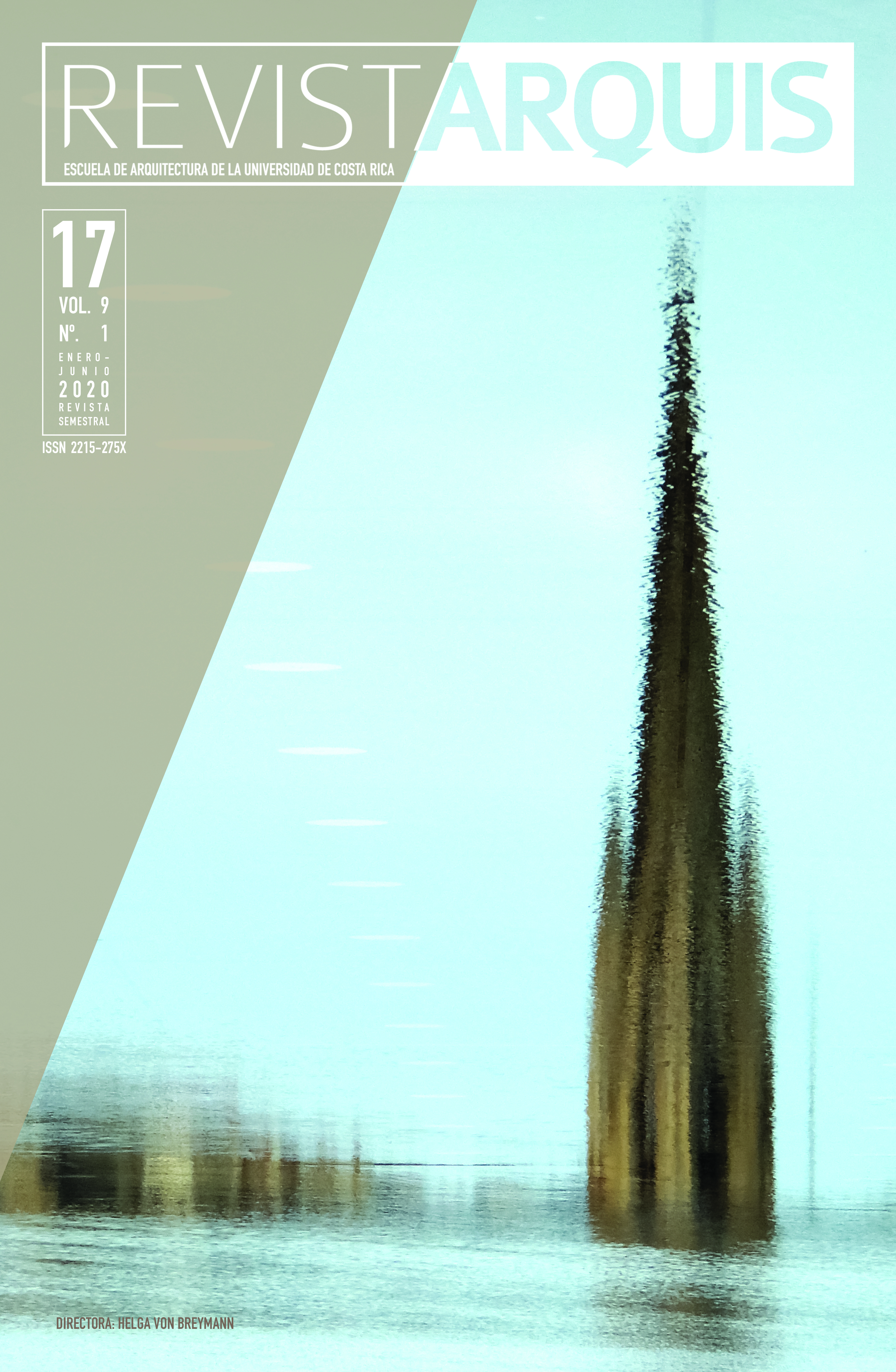Abstract
In recent years, the importance of participatory design in architectural, urban or landscape projects has become evident. This article will reflect on the tendency to use participatory design as a requirement and not as a design tool. Therefore, how important is citizen participation in the design processes of public and private space? What new methods and processes can be reproduced within this participatory approach to promote better design practices? The actors in participatory design are examined with attention,
emphasizing the role of professionals, users, and others. Subsequently, 4 study cases are analyzed: the urban and landscape project “Place d’Armes” in Yverton, Switzerland; the architectural project of collective housing of social interest Violeta Parra in Iquique of Elemental, directed by Alejandro Aravena; the landscape architecture project “Le Quais de Bordeaux” by Michel Corajoud; and finally, the proposal for environmental protection and landscape urban development for “Finca 3” of the University of Costa Rica, which I directed. When analyzing these 4 cases, the emphasis is on determining who were the actors, the tools and processes, as well as the results of the participation. The methodologies are studied in order to culminate with an analysis on the importance of participatory design, and its impact on the design process of architecture, landscape architecture, and urban design.

